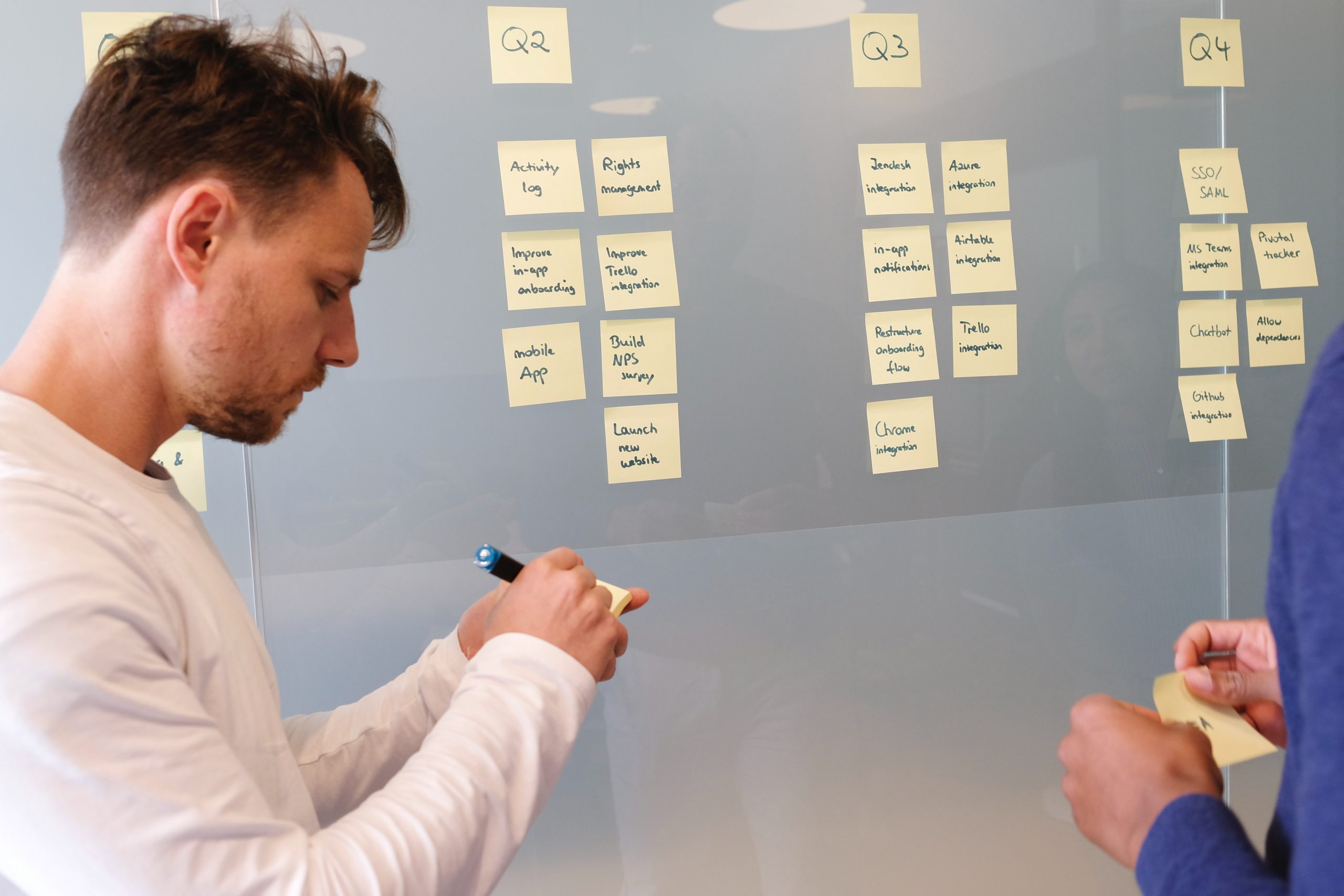How to find time for one-time assignments without jeopardizing the everyday operational tasks and vice versa? That’s the million-dollar question.
Finding a productive balance when splitting a workday between recurring and one-time tasks is often the demise of every proactive professional. While we don’t want to lose track of the processes and projects already in function, we also want to test other ideas that can potentially innovate our department or business.
That are many ways to approach this time management balance. For example, you can assign specific days of the week to tackle each type of task. As with anything productivity-wise, you’ll only know what works best after testing it.
This guide will walk you through some helpful techniques that you can implement in your daily work routine to better balance recurrent and occasional tasks. Let’s dive in!
Identify The Recurring And One-Time Tasks
The first step to finding a solution to any sort of problem is learning what you have to work with. In this case, you need to identify what recurring and one-time mean in your work context and which are the tasks in each category.
For example, as a content manager in a marketing team, some of my recurring tasks are:
- Researching and planning the content calendar.
- Writing blogs and social media posts.
- Scheduling posts.
- Analyzing the data and results.
While some one-time or sporadic tasks would be:
- Benchmarketing some competitors’ content.
- Creating new strategies and tests for social media.
- Teaming up with the designer to plan a branding campaign.
Understanding your work context will help you identify better which tasks to prioritize each day.
Learn more: 3 Time Management Techniques To Try Today
Operational Vs. Strategic Assignments
While this is not a rule, it is likelythat recurring tasks are usually operational and related to the maintenance of the department or the business.
On the other hand, one-time assignments are commonly connected to strategy, innovation, and business growth.
With that in mind, you can reassess your recurring tasks and inspect if you really need to get them done so frequently. If so, maybe you can automate them with the help of a tool or even delegate some of them to your team’s juniors.
Regarding the one-time tasks, you should have a clear idea about:
- Which project does this task belong to?
- When is the deadline?
- Is this a team project? Who will be joining you?
- What are your responsibilities on this task?
- How much time do you expect to spend on it?
- Which resources and tools will you need?
Understanding the details of your one-time tasks will make it much easier to plan and execute in less time.
Use A Prioritization Method
After learning what your upcoming tasks are, you must set your priorities.
As you must leave some room in your day for potential unexpected last-minute to-dos, it is essential to have a clear knowledge about the tasks that must be completed that day and plan along with them.
There isn’t right or wrong when it comes to setting priorities, but it’s common sense that they are urgent or important tasks that have some more significant impact on your work, department, or overall business.
Some tested and proven prioritization methods can help you align your objectives and identify which tasks are more relevant than others. Here are some that might interest you:
Impact-Effort Matrix
This method consists in building a matrix that will show the relative effort required by each task. Its four quadrants are divided by:
- Quick Wins: low-effort but high-impact tasks that can be quickly planned and executed.
- Big Bets: high-effort and high-impact tasks that demand more detailed planning but can be game-changers.
- Money Pit: high-effort and low-impact tasks that are not worth the investment at the moment.
- Fill-Ins: low-effort and low-impact tasks that are easy to plan and execute but don’t have impactful outcomes.
For instance, many product development teams use the Impact-Effort matrix to decide which features will be implemented next.
ABCDE Method
With this method, you’ll create a hierarchy of tasks rating them from A to E. Here’s what each letter stands for:
- A: It’s the most important task and must be tackled first.
- B and C: These are less critical than A, so you can start them after completing A.
- D: It’s that relevant task you can delegate to someone else.
- E: A less relevant task that you can eliminate from today’s schedule.
This method works well for those days when you feel like every task is a high priority.
MoSCoW Chart
Lastly, the MoSCoW analysis is quite popular for requirement management but can be applied to help you determine other types of priorities too. The chart is divided into four parts:
1. Must Do: High-impact tasks that are mandatory for the progress of a project.
2. Should Do: Important tasks that are not essential, but add substantial value.
3. Could Do: Low-impact tasks that still have some value.
4. Will Not Do: Lowest priority tasks.
The MoSCoW method will work better if you align your objectives with your team beforehand.
You would also like to read: The Eisenhower Box – Easiest Hack To Prioritize Your Tasks
Try The Time Blocking Technique
Time blocking is a time management technique in which you schedule your whole day. With this method, you can effectively divide the work week into smaller slots where you may keep up with recurring and one-time tasks.
A time block is made of single tasks and events or a cluster of similar small assignments. To get into time blocking properly, you’ll need a calendar where you can visually organize time blocks so that your work is not interrupted and your time is not double booked.
Time blocking can help with the recurring and one-time tasks dilemma.
For example, you can create a two-hour time block daily to complete the regular operational tasks. Or you could designate Mondays and Wednesdays for recurring tasks and meetings, leaving the rest of the week for strategy, creative thinking, and other one-time tasks.
Time blocking is a highly flexible time management technique that can adapt to your personal routine and schedule and help you make the most out of them. Luckily, time blocking is Akiflow’s specialty, and our all-in-one tool can assist you in finding a balance between recurring and one-time tasks.
Manage your tasks with Akiflow
Akiflow steps up the time blocking method with its highly visual interface and calendar. You can schedule tasks in the built-in calendar and sync it with other tools, such as Google Calendar and Outlook Calendar. This way, other team members won’t be able to overbook your time.
Other than the time blocking features, you can also set some of your tasks and events as recurring for those assignments that you must complete every day or every week. By doing so, you won’t forget to tackle those tiny operational tasks that can have a substantial long-term impact.
Akiflow also helps you visualize what your priorities are. You can use the priority tags to signal a task’s urgency, use the labels to identify which project they belong to, and set a high priority as your goal for the day.
You can turn Akiflow into your task and time management hub by integrating it with all other productivity and communication tools you use regularly. Start your free trial today and begin your ultimate productivity journey with Akiflow.
Wrapping Up
Making the time to execute all recurring and one-time tasks can be tricky, but finding this balance is an essential skill for all professionals.
You start by identifying what recurring and one-time mean in your work context and setting your priorities. Then, you can try implementing the time blocking technique to help you make time for all your assignments.
Regardless of the method chosen to find a better balance for your tasks, you can count on Akiflow to smooth your productivity workflow.



